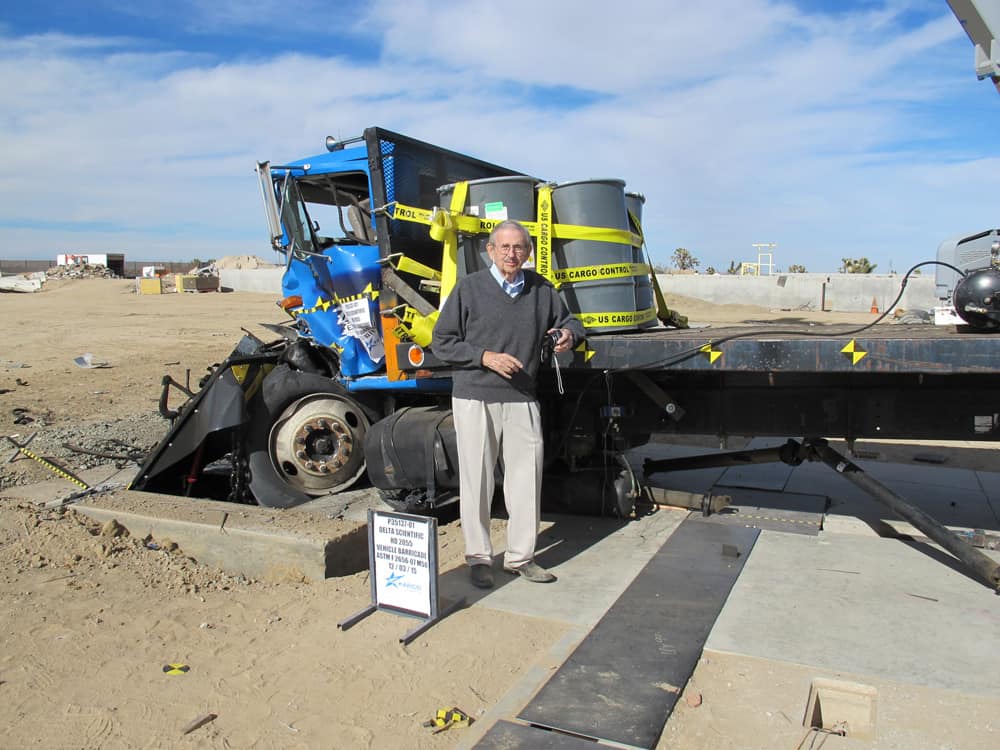The 8-Minute Rule for Wedge Barriers
Table of ContentsAll About Wedge BarriersThe Ultimate Guide To Wedge Barriers

Wedge Barriers Fundamentals Explained
The staying pressure applied to
the cam web cam deploy the wedge plate 16 may might provided supplied an electromechanical actuator 84 or other various other. The spring assembly 54 and the actuator 84(e. Wedge Barriers. g., electromechanical actuator)might run with each other to convert the camera and raise the wedge plate 16.
As pointed out over, the springtime setting up 54 applies a consistent force on the web cam, while the electromechanical actuator might be regulated to exert a variable force on the camera, consequently allowing the lifting and reducing( i. e., releasing and pulling back )of the wedge plate 16. In specific personifications, the continuous force applied by the spring assembly 54 may be adjustable. g., electromechanical actuator) is disabled. As will be valued, the springtime setting up 54 may be covered and shielded from debris or various other components by a cover plate(e. g., cover plate 68 displayed in FIG. 4) that might be considerably flush with the raised surface area 38 of the foundation 14. As discussed above, in the deployed placement, the wedge plate 16 serves to block gain access to or traveling past the obstacle 10. The barrier 10(e. g., the wedge plate 16 )might obstruct pedestrians or automobiles from accessing a building or path. As gone over above, the barrier 10 is affixed to the support 30 secured within the structure 14,

front brackets 71. Therefore, the linkage settings up 72 might pivot and revolve to make it possible for the collapse and expansion of the linkage assemblies 72 during retraction and Go Here deployment of the bather 10. The linkage settings up 72 cause movement of the wedge plate 16 to be limited. For instance, if a car is traveling in the direction of the deployed wedge plate 16(e. For instance, in one situation, the security legs 86 may be prolonged duringmaintenance of the barrier 10. When the safety and security legs Click Here 86 are released, the safety legs 86 support the weight of the wedge plate 16 versus the surface area 12. Therefore, the lifting mechanism 50 may be shut down, serviced, gotten rid of, changed, and so forth. FIG. 5 is partial perspective sight of a personification of the surface-mounted wedge-style barrier 10, showing the cam 80 and the webcam surface areas 82 of the training mechanism 50. Specifically, 2 camera surfaces 82, which are referred to as reduced camera surfaces 83, are placed listed below the webcam 80. The lower web cam surfaces 83 may be dealt with to the surface 12 (e. For example, the reduced webcam surfaces 83 and the placing plate 85 may create a solitary piece that is safeguarded to the support 30 by bolts or various other mechanical fasteners. Furthermore, 2 webcam surface areas 82, which are described as top webcam surfaces 87, are placed above the camera 80 and coupled check my source to (e. In various other embodiments, intervening layers or plates may be positioned in between the surface area 12 and the reduced camera surfaces 83 and/or the wedge plate 16 and the top cam surface areas 87 As mentioned over, the cam
80 converts along the webcam surface areas 82 when the wedge plate 16 is lifted from the pulled back position to the deployed placement. Additionally, as stated above, the spring setting up 54 (see FIG. 3 )may give a force acting on the web cam 80 in the direction 102 by means of springtime rod 58, which might lower the force the electromechanical actuator 84 is needed to relate to the webcam 80 in order to activate and raise the wedge plate 16. 1 )to the deployed position(see FIG. 4). As shown, the web cam 80 includes track wheels 104(e. g., rollers), which contact and equate along the web cam surfaces 82 during operation.